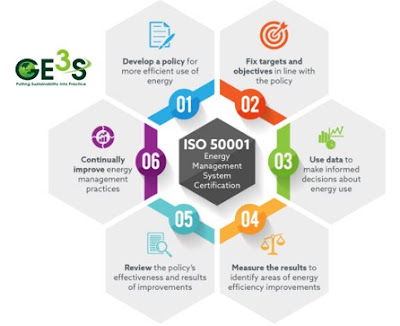The green building scenario in India and the role of LEED Green Associate
One of the
important green building as the Indira Paryavaran Bhavan building it is one of
the first building in India that is rated GRIHA 5 - star under Green Rating for
under Green Rating for Integrated Habitat Assessment (GRIHA). This building used various energy efficiency
and renewable technologies on a large scale. Some of the green techniques used
in the building are earthquake-resistant structure, use of earthquake-resistant
structure, A LEED Green Associate professional becomes useful when
incorporating green building techniques into design and operation. More than 75
percent of natural light utilization, Thin-client networking system, A robotic
parking system in the basement for accommodating 330 cars, Planting trees and
grasses in more than 50 percent area outside the building, This building is
also fully compliant with the requirements of the energy conservation building
code of India (ECBC). Other examples of green buildings in India with its
energy savings like Wipro buildings in Gurgaon, ITC in Gurgaon, CII Godrej in
Hyderabad. you can also see the area of the building and the percentage
reduction as well as the energy savings in rupees in lakhs. The annual benefits
of green buildings in India are the carbon dioxide reduction of 12,000 tonnes
and energy savings of 15000 MWH. Realization of these benefits on larger scale
would need more LEED Green Associate Professionals
in the market.
The
implementation of the ECBC is one of the major to improve building energy
efficiency. It is the first building code in India and was launched on Feb 2007
by the Indian Bureau of energy efficiency (BEE). This code is applicable to a
new commercial building with a connected load above 100 KWH or a contract
demand of over 120 KVamps. The building with a conditioned area of over 1000
sq.m generally falls under this category and a connected demand of power of 500
KW or 600 KVA. This building code performance standards for the building
envelope, heating, ventilation, and air-conditioning (HVAC) system, interior
and exterior lighting and service hot water in each of the five climatic zones in
India. It also sets the energy-efficient requirements for building, electrical
power and motors. LEED Green Associate professionals are well aware of these
requirements.
The
compliance of buildings is based on prescriptive, simple trade-off, and
whole-building performance. It is now mandatory for large national public
buildings to comply with ECBC. ECBC has been adopted in 7 states and 16 states
are in the process of adopting ECBC. The energy performance index of the
building is set from 90 KWh/sq/year to 200 kWh/sqm/year for ECBC compliance. In
order to spread this rapidly and churn out savings, we would need more LEED
green associate and other green building professionals in the construction
industry.




Comments
Post a Comment